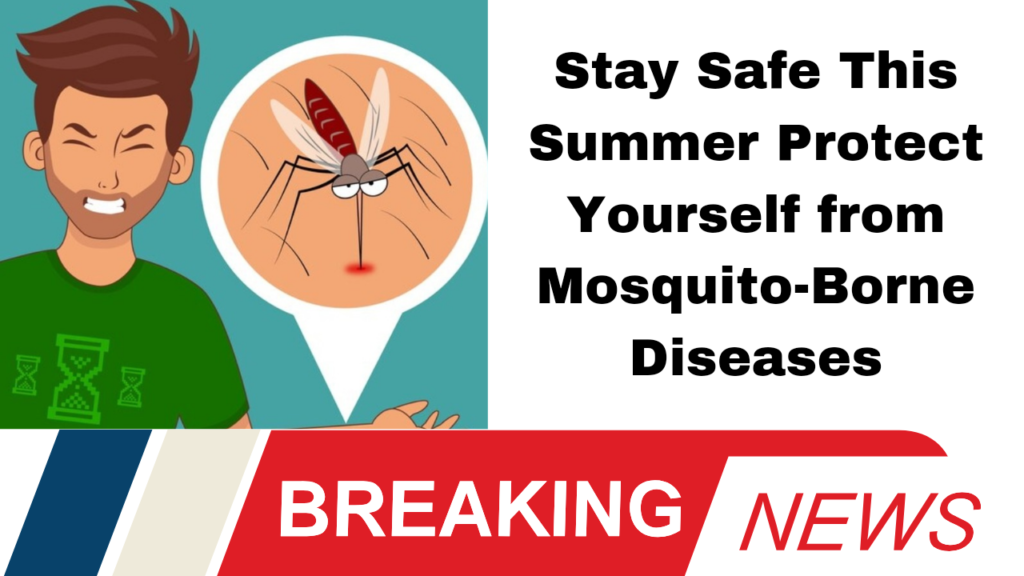As concerns about mosquito-borne diseases escalate, New York has recorded its first human case of Eastern Equine Encephalitis (EEE) since 2015, resulting in a tragic fatality. Governor Kathy Hochul announced the development on Monday, emphasizing the need for heightened awareness and preventive measures.
EEE A Growing Threat
“Eastern equine encephalitis is different this year,” stated State Health Commissioner James McDonald. “While we typically see EEE in two to three counties, this year it has spread across 15 counties in New York.” With no commercially available vaccine for EEE, the disease poses a serious risk. The Centers for Disease Control and Prevention (CDC) reports a 30% mortality rate for severe cases, highlighting the urgency of the situation.
Eastern equine encephalitis is a rare but serious viral infection transmitted by mosquitoes. Most cases are asymptomatic, but severe infections can lead to significant health complications, including inflammation of the brain, fever, headaches, and seizures. Survivors often face long-term health challenges.
“EEE is one of our more severe arboviral infections,” said Jennifer White, director of the Vector-Borne Disease Program at the New York State Department of Health. The peak transmission period typically spans from July to September, making this an especially critical time for awareness.
Why EEE is on the Rise
This year, EEE has been detected in New Jersey, Massachusetts, Rhode Island, New Hampshire, and several other states. Factors influencing its spread include environmental changes and mosquito breeding patterns, which are affected by local climate and ecology.
Erin Staples, a CDC medical epidemiologist, noted that it is challenging to predict outbreaks of arboviral diseases, as they depend on various ecological factors.
Protecting Yourself from EEE
In response to the growing threat, New York State is ramping up efforts to inform the public about EEE. Governor Hochul urged state agencies to distribute bug repellent in parks and enhance public outreach. Local health departments are adjusting park hours during peak mosquito activity to mitigate risks.
To protect yourself, consider these strategies
Dress Appropriately: Wear long sleeves and pants, especially during dawn and dusk when mosquitoes are most active.
Use Repellent: Apply EPA-recommended insect repellent to exposed skin.
Maintain Your Property: Eliminate standing water to deter mosquito breeding. Regularly check bird baths and other water sources to prevent larvae development.
Check Screens: Ensure window and door screens are intact to keep mosquitoes out of your home.
While enjoying the outdoors is encouraged, it’s crucial to take steps to avoid mosquito bites and potential illnesses.
As EEE spreads across New York and other states, vigilance is key. By understanding the risks and adopting preventive measures, individuals can better protect themselves from this dangerous mosquito-borne disease. Stay informed, stay safe, and take action to keep mosquitoes at bay.











More Stories
Understanding America’s Regional Patchwork A Guide to the Key Political Areas
The Electoral College Debate A Closer Look at Its Impact on Modern Elections
November’s Unsettling Tropical Outlook Potential Storms Loom in the Atlantic